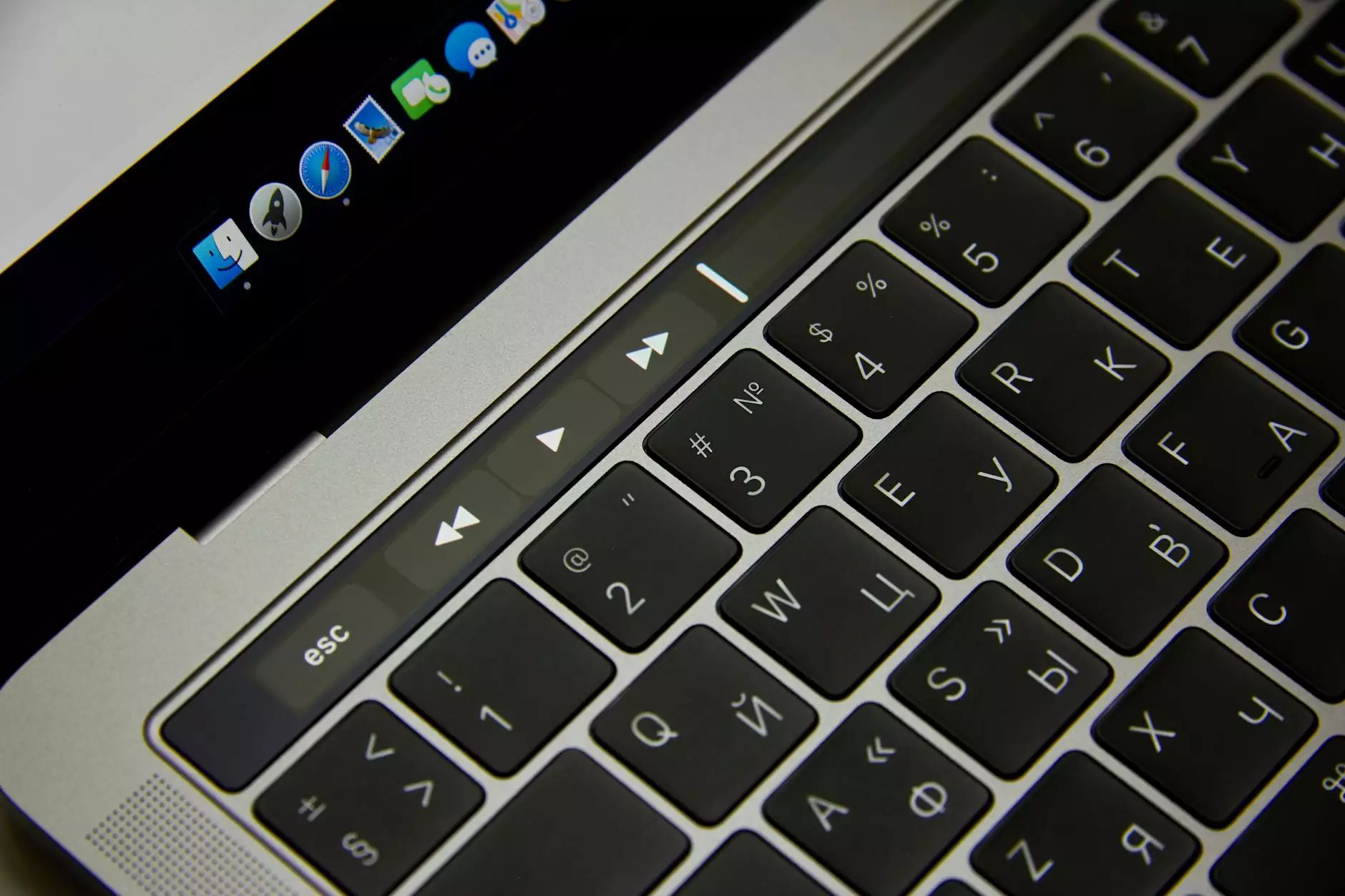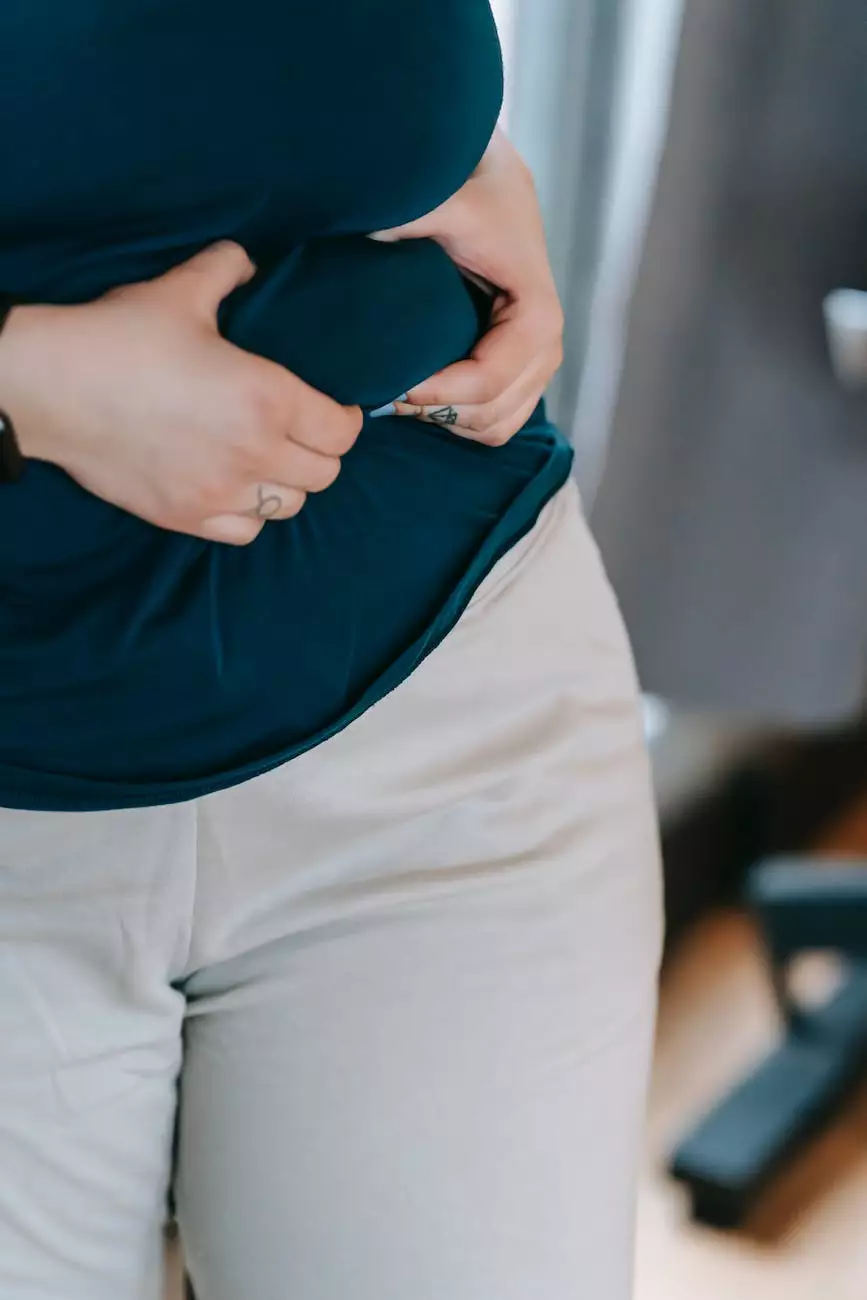112 – Using TO After GO – English Preposition Lesson
English Grammar Lessons
Welcome to NJCLT's English preposition lesson on using 'to' after the verb 'go'! In this comprehensive lesson, we will guide you through the correct usage of this preposition in various contexts. Whether you are a beginner or an advanced English learner, this lesson will provide you with valuable insights and examples to master the usage of 'to' after 'go'.
Introduction
Understanding how to use prepositions correctly is essential for fluent and effective communication in English. 'To' is a versatile and frequently used preposition, and when it follows the verb 'go,' it plays a crucial role in indicating direction, purpose, or destination. By gaining a solid understanding of the correct usage of 'to' after 'go,' you will elevate your English proficiency to new heights.
Using 'To' After 'Go'
Let's dive into the various scenarios in which 'to' is used after 'go' and explore how to apply them correctly:
1. Going to Places
When expressing the act of physically travelling to a specific location, we use 'go' followed by 'to' to indicate the destination. For example:
- I go to the supermarket every week.
- She goes to school by bus.
- We went to the beach for our vacation.
2. Expressing Activities with 'Go'
The verb 'go' is commonly used to express various activities. In these instances, 'to' is used to specify the purpose or activity undertaken. Consider the following examples:
- He goes to the gym to work out.
- They went to the park to have a picnic.
- We often go to the cinema to watch movies.
3. Indicating Transition or Change
'Go' can also be used to express a transition or change from one state to another. 'To' is employed to signify the resulting state or condition. Take a look at the following examples:
- The caterpillar went to a butterfly.
- During the winter, the landscape goes to white.
- Her health is going to improve after the surgery.
4. Expressing Future Events and Plans
'Go' is frequently used to indicate future events or plans. When followed by 'to,' it implies the upcoming activity or destination. Consider the following examples:
- I'm going to see a movie tomorrow.
- They are going to visit their relatives next week.
- We are going to have a party at our house this weekend.
Conclusion
Congratulations, you have now gained a comprehensive understanding of how to use 'to' after 'go' in English. By mastering this prepositional usage, you will effectively enhance your communication skills and convey your thoughts more precisely. With practice and exposure to real-life English contexts, you will become more confident in incorporating 'to' after 'go' in your language usage.
Don't limit yourself to just this lesson! Explore NJCLT's vast library of English language resources to further expand your knowledge and proficiency. Remember, practice makes perfect!




